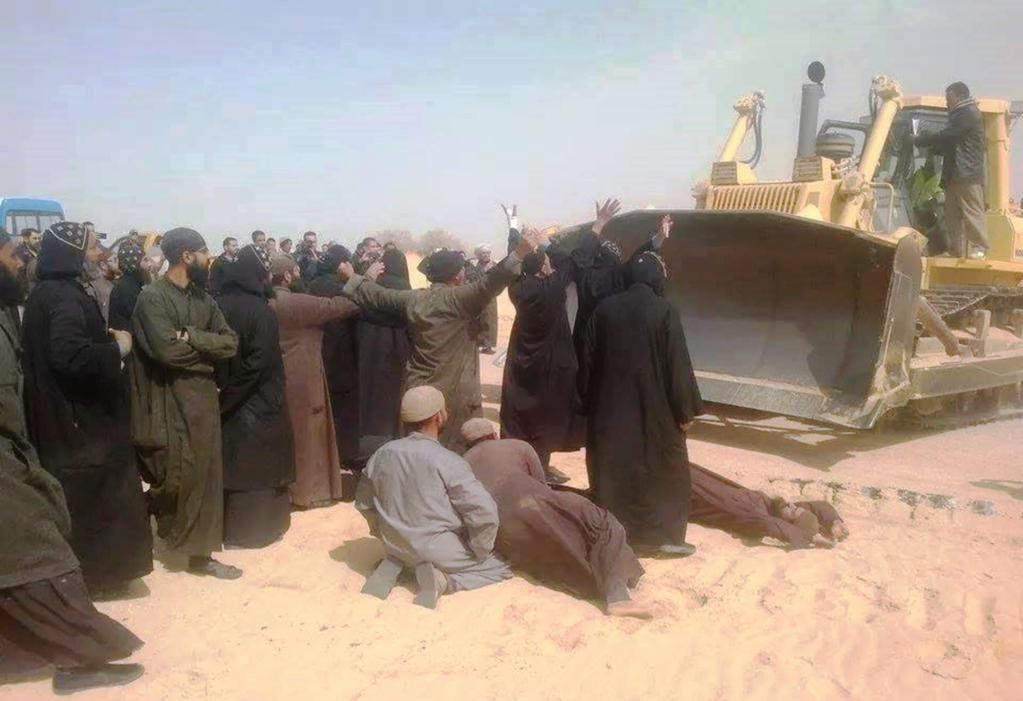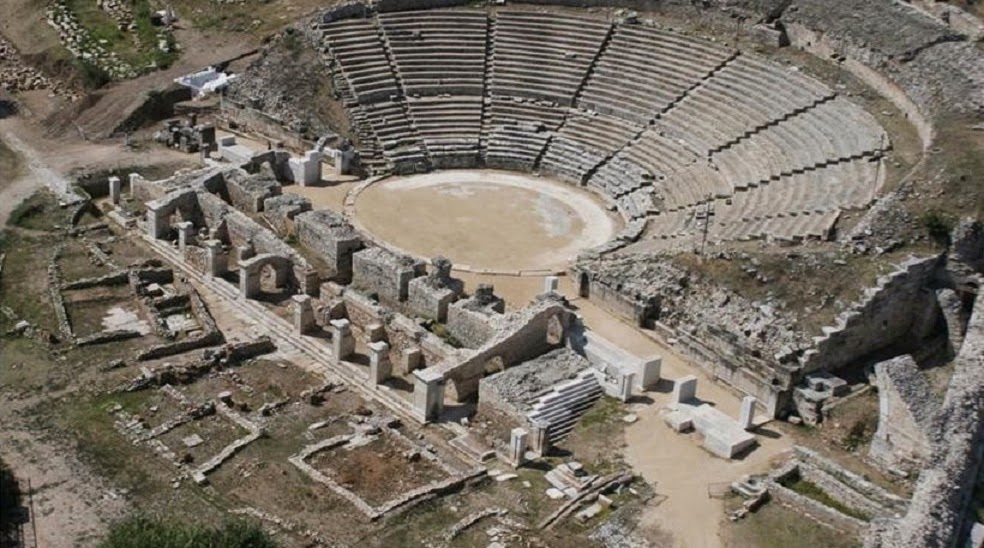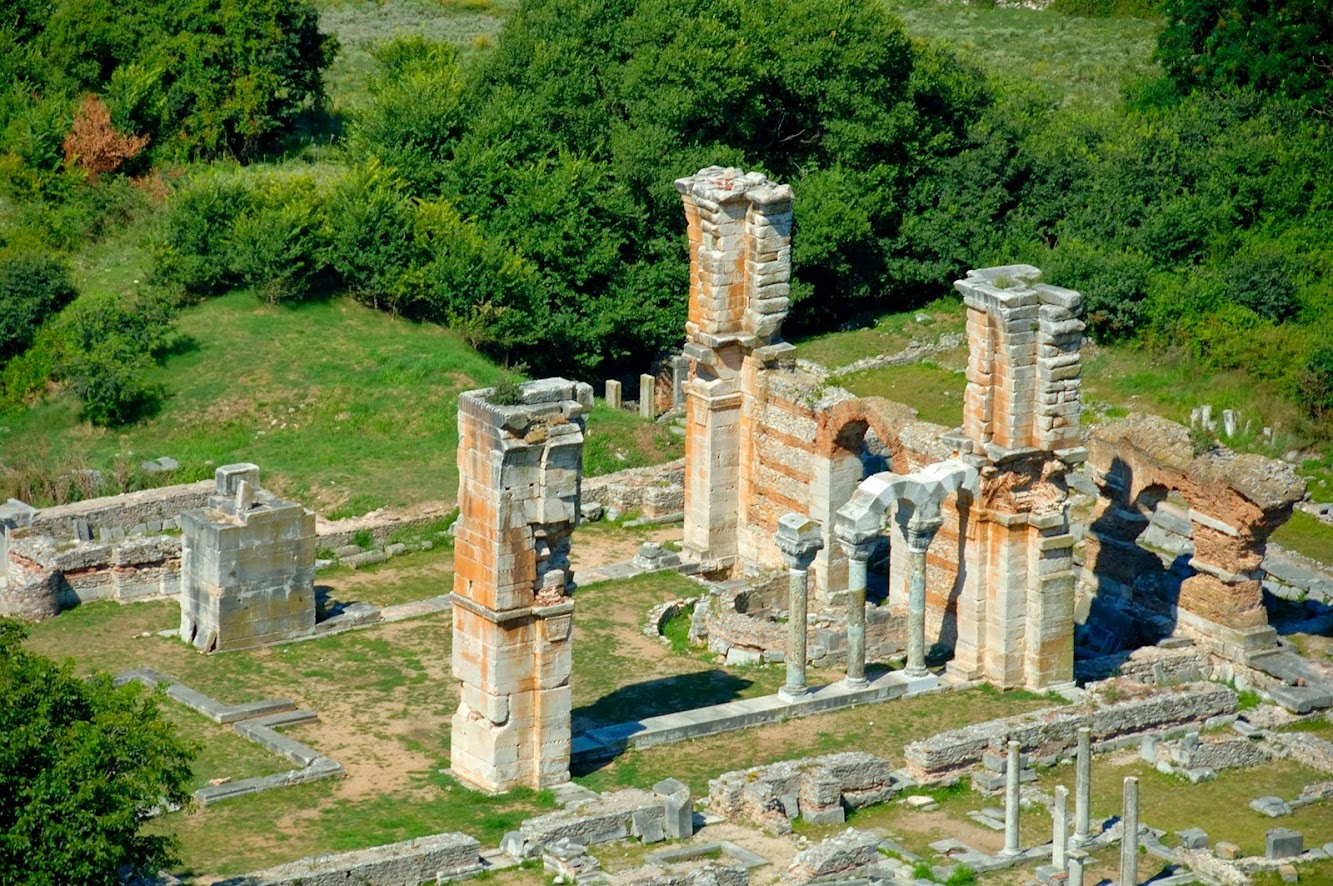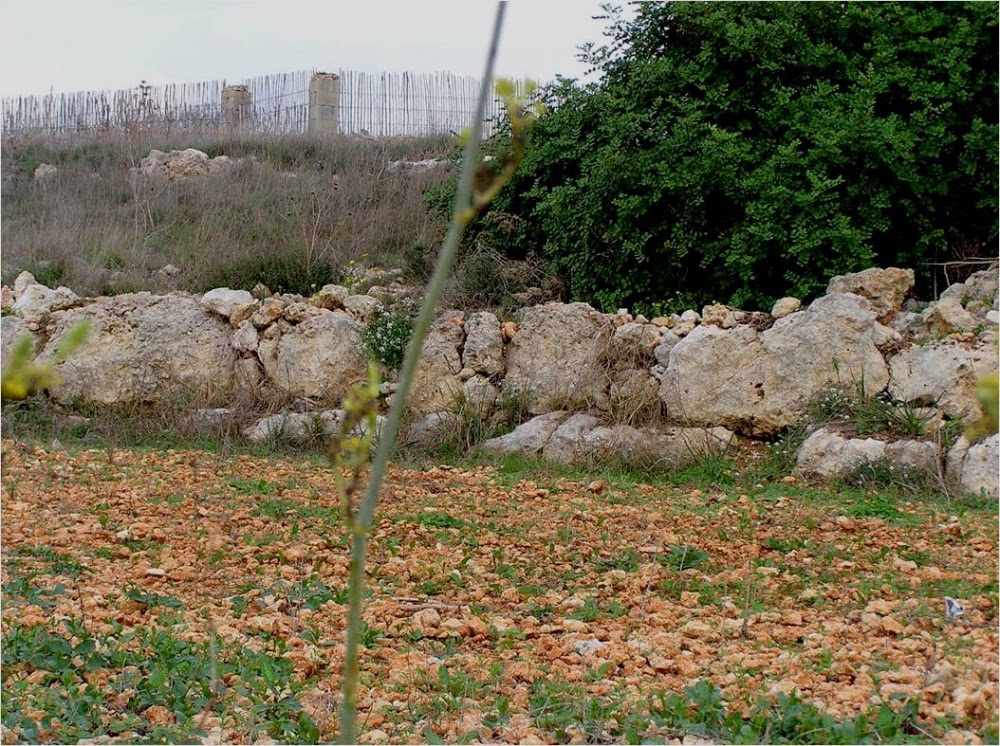
[Credit: Daily Times]
The suit, which names the BLM and the U.S. Interior Department as defendants, argues that the federal government is putting the environment, public health and the region's cultural resources at sites like Chaco Culture at risk by allowing oil and gas development in the lower San Juan Basin, primarily the Lybrook area.
Diné Citizens Against Ruining Our Environment, the San Juan Citizens Alliance, WildEarth Guardians and the Natural Resources Defense Council, with attorneys from the Western Environmental Law Center, collectively filed the complaint in New Mexico's U.S. District Court, arguing that the BLM's ongoing permitting of drilling in the area violates the National Environmental Policy Act, or NEPA, and the National Historic Preservation Act, or NHPA.
The groups also took to the state Capitol Wednesday to try to convince legislators to support a moratorium on hydraulic fracturing, or fracking, production for Mancos Shale oil in the Gallup Play area. The drilling process involves injecting fluid into the ground at a high pressure to fracture shale rocks and release the natural gas or oil inside.
On Dec. 30, the BLM said it would defer issuing leases for five Navajo allotment parcels that represent 2,803 acres in response to a protest filed by environmental groups that demanded the agency suspend fracking on public lands near the Chaco park.
The BLM's Farmington Field Office is expected to finalize its amended resource management plan later this year, said Victoria Barr, the BLM Farmington Field Office district manager. Barr declined to comment on the lawsuit.
Jeremy Nichols, the climate energy program director at Santa Fe-based WildEarth Guardians, said the lawsuit was a last resort but a necessary one, given BLM's continued drilling permitting.
"The BLM has not fully analyzed the full impacts of horizontal hydraulic fracturing in the Mancos Shale area. Why are they approving all these permits? We wanted to take it to court and have a judge decide," Nichols said.
Groups like WildEarth Guardians complain that the BLM should cease approving all oil drilling permits in the Mancos area at least until its management plan is completed.
"They're leaping before looking because, at the same time, they're trying to update their (resource management) plan, and they've acknowledged that fracking wasn't something they'd thought hard about," Nichols said. "While they're doing that, they're approving dozens — over 100 permits. It doesn't add up to us."
Overall, Nichols said the groups' concern rests with the unknown implications of unchecked drilling in a culturally sensitive region.
"They are approving these permits and arguing that they're insignificant. It's unfortunate that we have to go to court," he said. "Maybe they should think more about the public resources that are at stake. These are public lands and minerals. It's not the oil and gas industry's lands and minerals. Hopefully, we can get BLM to realize that a little restraint is warranted."
Colleen Cooley with Diné Citizens Against Ruining Our Environment said in the group's March 11 press release that the impacts of ongoing horizontal drilling pose dangers to Native communities who live in the region.
"The (BLM) is not taking serious consideration of the sacredness of the Greater Chaco region and the impacts on surrounding Diné communities as they continue to approve more drilling and fracking," Cooley said in the release. "It's time to account for what really matters, our health, our environment, and future generations."
Author: James Fenton | Source: The Daily Times [March 11, 2015]


























